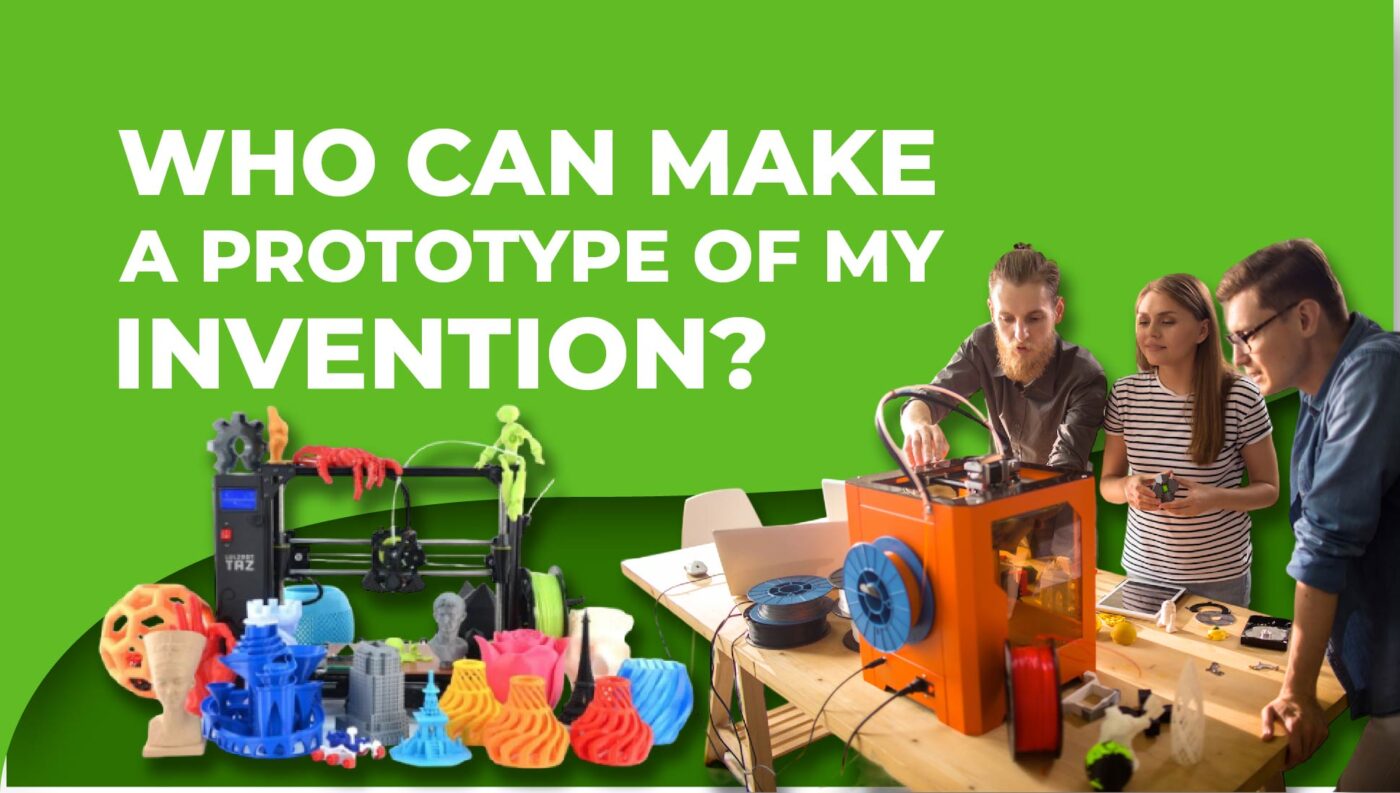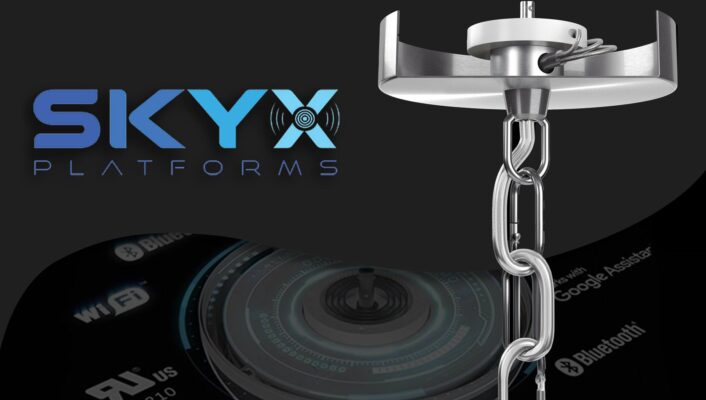There are a couple of ways you can make a prototype of your invention. First, if you are a hands-on person, you can make the prototype yourself. Many companies offer prototype creation services, like Lime Design.
Making The Prototype Yourself
Since every invention is vastly different, there is no step-by-step guide, but we will try to outline a method for you the best we can.
Sketch It Out
Think out all the mechanisms and how the pieces should fit together. Draw everything out until you’re happy and confident with the results. Remember, the sketch doesn’t have to look like Picasso made it. It should work more as a visual aid while constructing your prototype.
Start Putting Parts Together
Try to figure out which parts you can put together yourself. You can cut cardboard, foam, plastic, and any material you can cut into any shape.
If you are struggling with a mechanism, think about which existing products have the exact or similar mechanisms. What you can do is buy it and take it apart. Then you can Frankenstein it with your invention.
Stuck?
If you’re having trouble building a part yourself or finding a piece, you can hire a freelance CAD designer to model a piece for you and then find somebody who can 3D print the part for you.
Re-Iterate
Prototypes are never perfect the first time, so make sure you continue refining your prototype.
Tip: Building a prototype is no easy task. It may take a couple of months to get it working correctly, so be patient and persistent. Don’t Give up!
Hiring A Prototyping Company
When choosing a company to build your prototype, don’t just choose the cheapest option. It may be tempting, but the truth is that creating a good physical prototype isn’t cheap.
Talk to a few companies until you believe you have found the right one.
You can find the perfect prototyping company using a directory such as DesignRush
Finding The Right Company
It can be overwhelming talking to a bunch of companies to see which is the best fit. Here are a few green flags to look out for.
- They have a portfolio they can show you of past prototypes they have worked on.
- They are highly communicative- They answer their emails quickly and always answer your calls.
Physical Prototype vs. Virtual Prototype
So you’re ready to build a prototype of your invention, but you’re not quite sure which route to go. Of course, everybody is familiar with physical prototypes, but you might’ve also heard about virtual prototypes. Each has its pros and cons, so we will break down both options in today’s blog. So, hopefully, by the end, you will have a good idea of which one is better for you.
Physical Prototypes
Let’s begin with physical prototyping. It’s pretty self-explanatory, it’s a prototype constructed using various prototyping methods such as 3D printing or CNC machining.
The primary use of physical prototypes is to test under real-world conditions, this is crucial to the product development process, and products cannot move on to manufacturing until tested correctly.
Pros Of Physical Prototyping
- Real Life prototypes can be handled and interacted with directly
- Allows for testing under real-world conditions
- Gives users a good understanding of the final product
Cons Of Physical Prototyping
- It can get expensive depending on the prototype
- Because in-house prototyping methods differ from manufacturing methods, there will be a difference between the prototype and the final product.
Virtual Prototyping
Ok, now let’s get into the almighty virtual prototypes! These are prototypes created 100% digitally. They are made using 3D modeling software’s like AutoDesk CAD. Since the most you get with virtual prototypes is pictures/renderings or animations, they are perfect for building an invention portfolio to share online.
I think it goes without saying, but these are much less expensive than physical prototyping.
So let’s get into some of the pros and cons.
Pros of Virtual Prototyping
- Cost Effective
- Faster to create
- Easier to Iterate on
Cons Of Virtual Prototyping
- You cant interact with it physically, which makes user testing more difficult
- Even though you can simulate testing in specific software’s, real-world testing is necessary.




